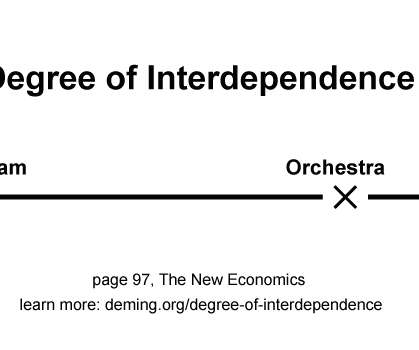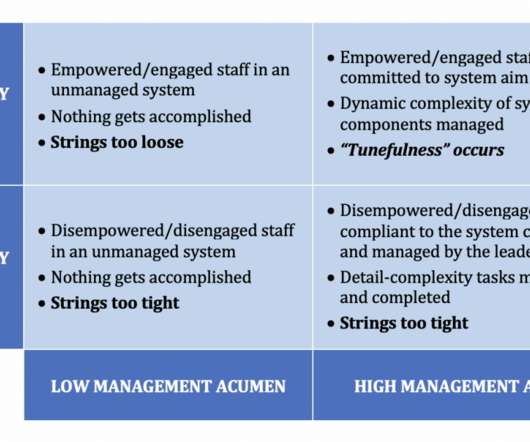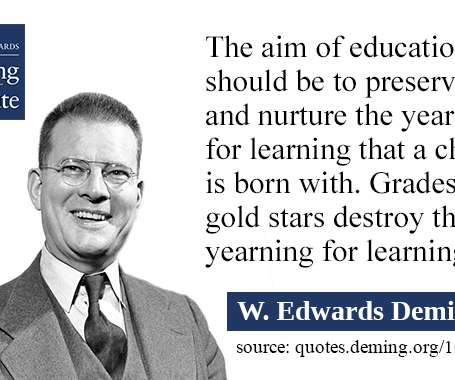Peter Senge: How to Overcome Learning Disabilities in Organizations
QAspire
FEBRUARY 19, 2017
As an organization grows, managing the flow demands work items to move from one team/department to another. Peter Senge , in his book “ The Fifth Discipline – The Art and Practice of Learning Organization ” outlines 7 organizational learning disabilities. Every team meets the KPI numbers and yet, customers remain disgruntled.








































Let's personalize your content